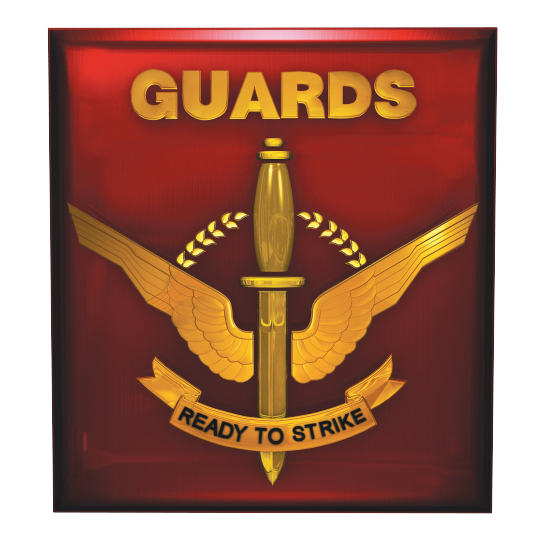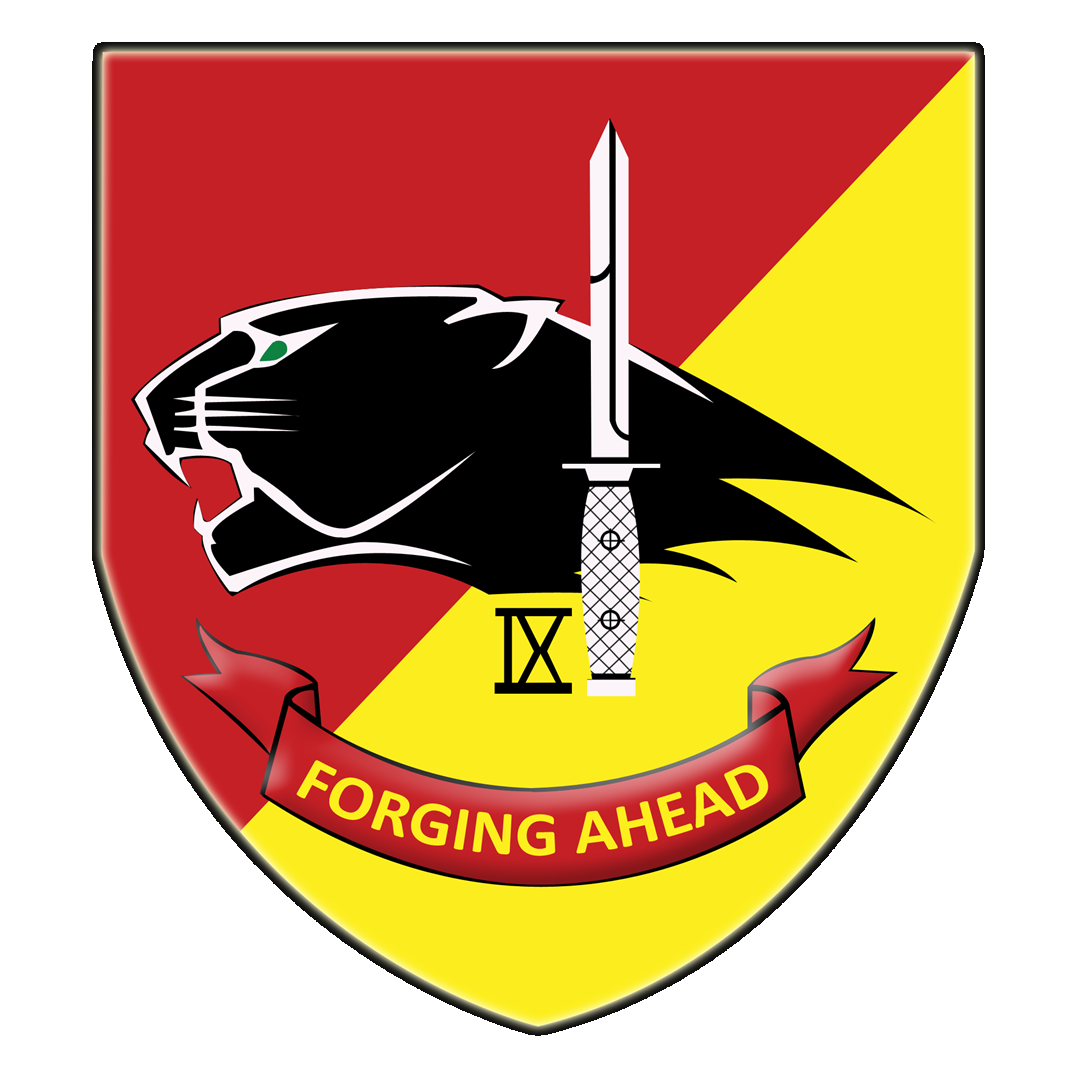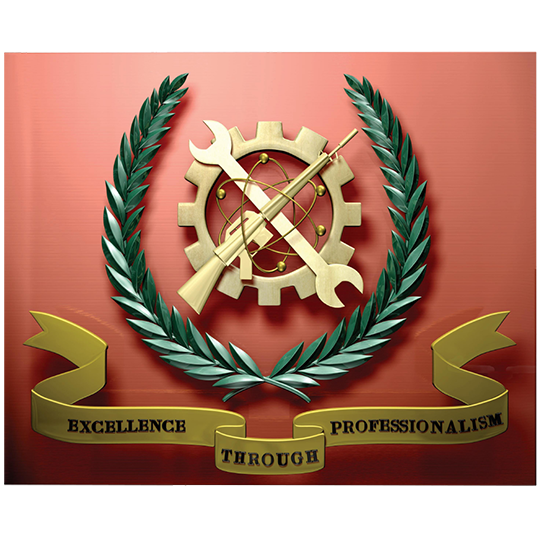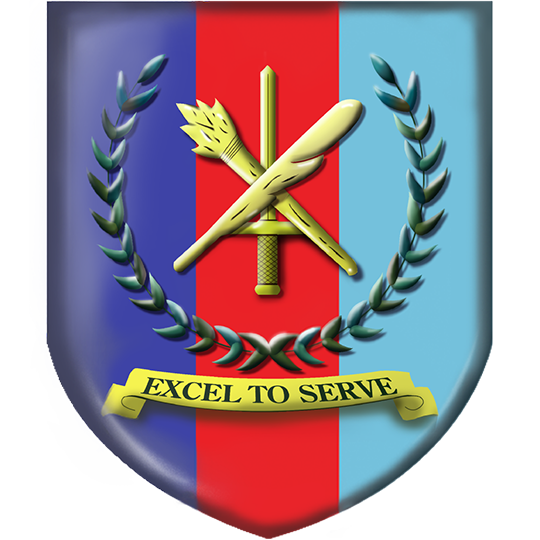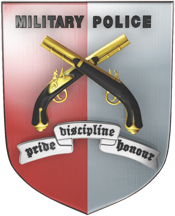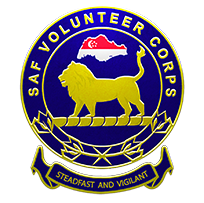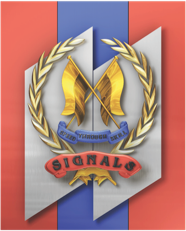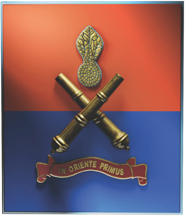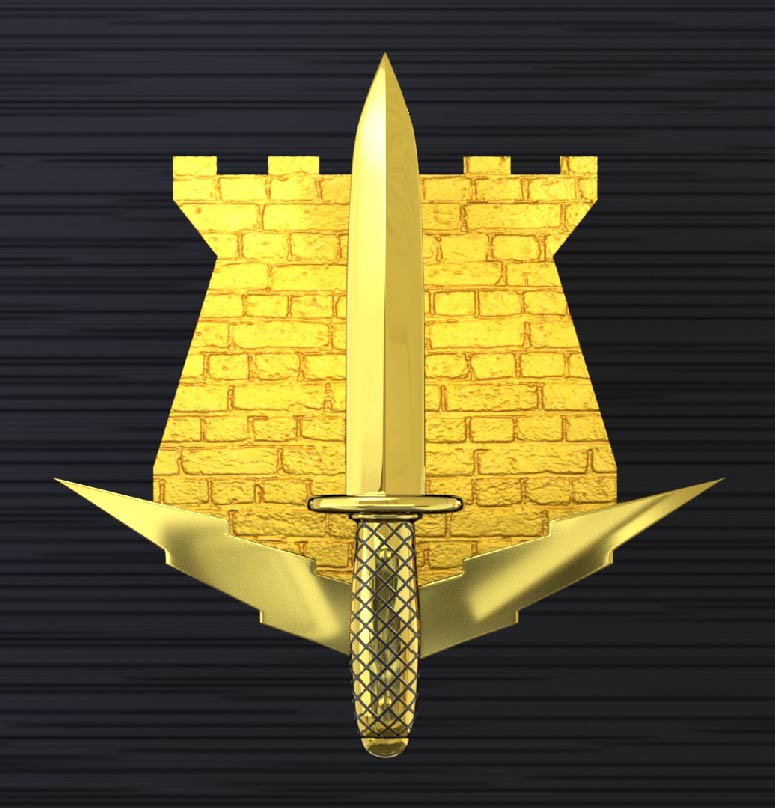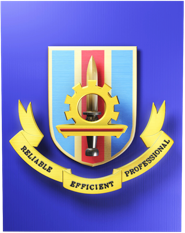 Web Content Viewer
Web Content Viewer
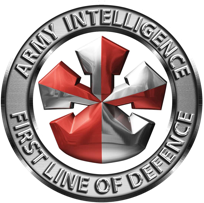
Army Intelligence constantly pushes technological boundaries to deliver accurate, timely, and relevant Intelligence to the Army while increasing the Intelligence professional’s productivity. More recently, Army Intelligence has contributed to the Army’s enhanced Counter-Terrorism capabilities. It has also been transforming the training of the Intelligence professionals in the Army to ensure that the Intelligence professionals in the Army are always competent to meet the evolving Intelligence demands and kept abreast with capability developments.
It is evident from history that Intelligence is an indispensable component of military victory. Rarely have armies emerged victorious in battle without accurate and timely Intelligence. Even in a game of cards, knowledge of the opponent’s hand and foreknowledge of how he will deal is almost certain to give one a greater chance of winning. Good Intelligence therefore, gives combat advantage to military forces, and it is indispensable for the following reasons:
a. Intelligence is necessary because the stakes of defeat are significant. Poor Intelligence, or ignoring Intelligence warnings in conflict, results in more than just mission failure. Poor situational awareness or being surprised during battle leads to the death of soldiers and civilians, and ultimately the destruction of cities and countries. The fall of Singapore and Malaya underscores this point. Lessons from the Cold War, such as the Cuban Missile Crisis, have shown that good Intelligence is necessary to prevent wars, and in a similar vein, good Intelligence was crucial to the eventual Allied victory in World War Two.
b. Intelligence is necessary because it gives clarity amidst the uncertainty of battle. Combatants on both sides are determined to hide their intentions and actions in order to deal a surprise blow to their enemy. In addition, battlefield situations will change due to a variety of factors such as the unexpected commitment of forces, the weather, and the influence of civilians. Intelligence helps the Commander arrive at sound decisions amidst the proverbial “fog of war”. It does so by making realistic assumptions of the battlefield situation, and then verifying these assumptions through reconnaissance and surveillance. The Battle of Midway was a demonstration of how accurate and reliable Intelligence led the United States Pacific Fleet to locate and destroy four of the Imperial Japanese Navy’s aircraft carriers, turning the tide of victory in the Pacific over to the US.
Being the “eyes and ears” of the SAF, Army intelligence vocationalists are trained to be stealthy, to obtain vital information on enemy forces and to provide the Headquarters with accurate and timely information reports. This will allow effective intelligence analysis at all levels of command and enable Commanders to make decisions effectively.
As a key element in the SAF, the Intelligence Corps is entrusted with the responsibility to collect and understand real-time information, and given the sacred task to preserve the security of Singapore. Endowed with superior analytical and surveillance skills, Intelligence experts keep a watchful eye for information that will give Our Army the edge.
As part of Army intelligence, we are the master of operational intelligence, taking on challenges in reconnaissance, information collection, critical thinking and research. We have developed a full spectrum of knowledge and skills to ensure excellence as an intelligence vocationalist. With skills on intelligence analysis, surveillance and deployment of tactical unmanned aerial vehicles (UAVs) and other specialized intelligence assets, we provide the edge for Our Army on the modern battlefield.
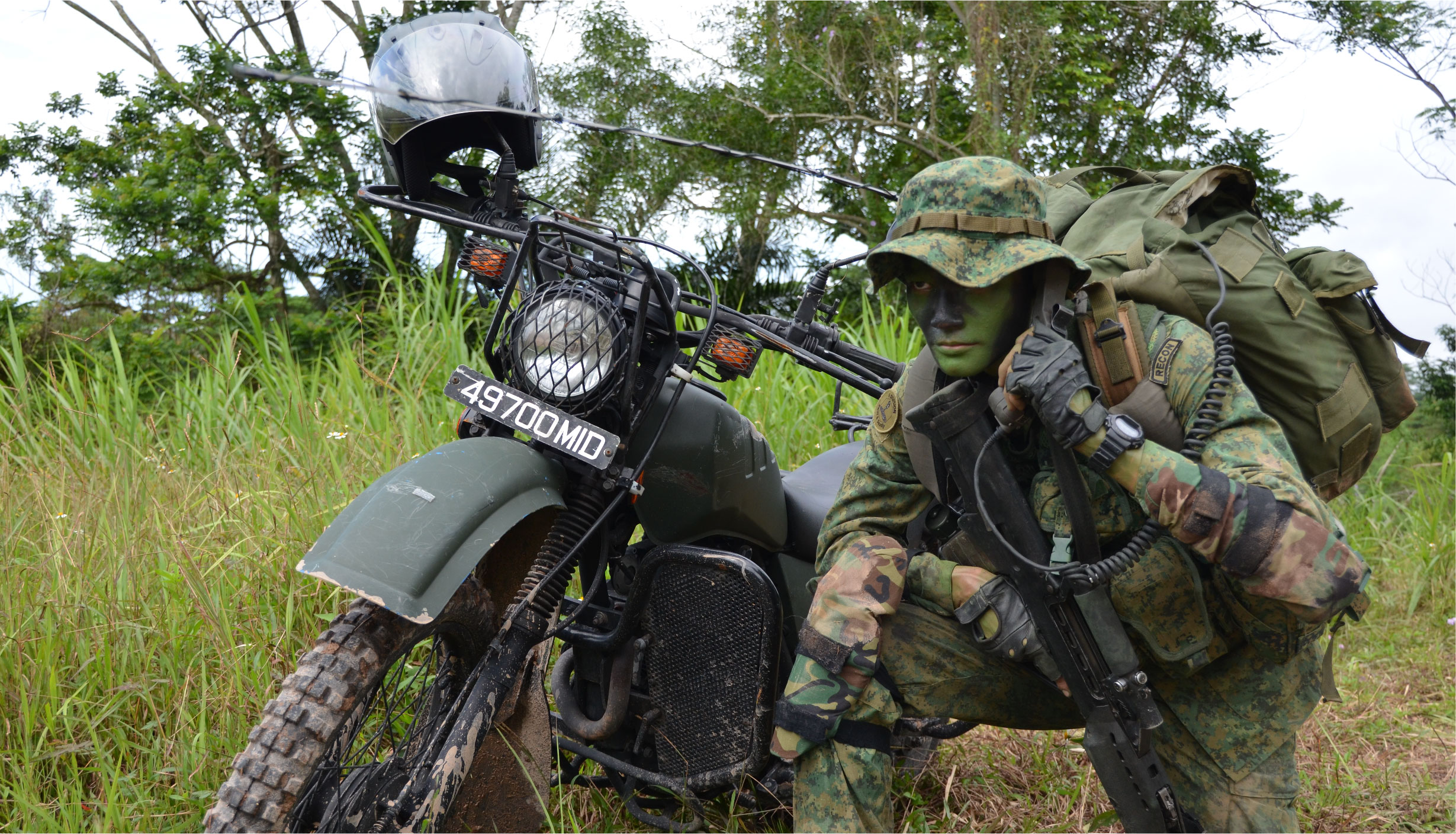
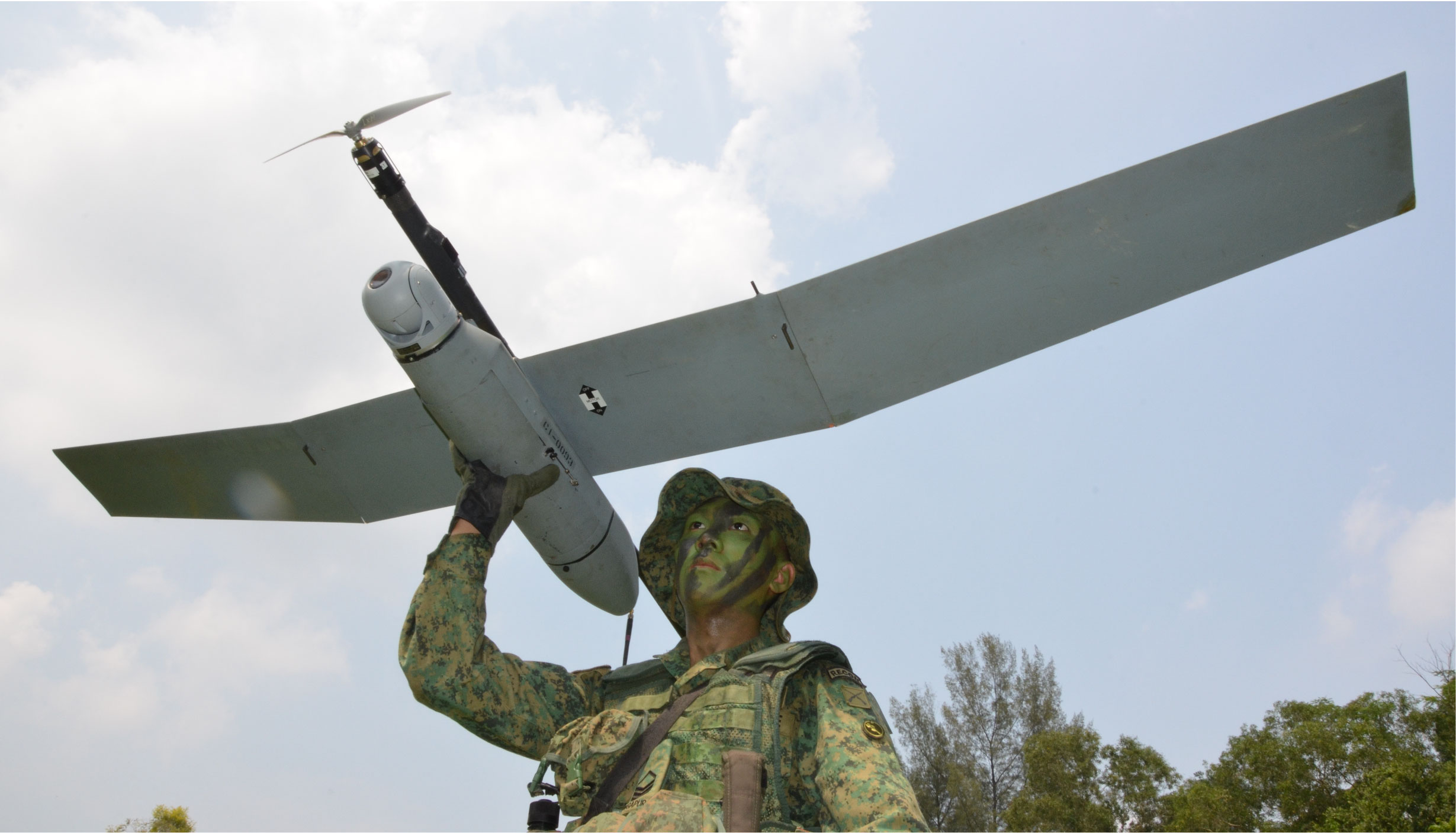
Role
Scouts and RSTA troopers infiltrate deep behind enemy lines to conduct reconnaissance missions. Motorcycles allow them to carry heavy mission loads and supplies, and enable them to travel stealthily over long distances. Motorcycles are light but tough. Our motorcycles may be carried by helicopters and jeeps, and enable our troopers to clear cross-country obstacles with ease.
Role
The SKYBLADE III Mini-UAV provides our Land Reconnaissance, Surveillance and Target Acquisition (RSTA) Teams at the Brigade and Battalion level day and night IMINT capabilities in support of their Reconnaissance and Surveillance missions. The system is man-portable, operable by two soldiers, operates at a range of 8 km with an endurance of up to 1 hr. This capability compliments other larger aerial surveillance platforms by allowing greater beyond-the-hill surveillance and situation awareness at the tactical level.
Knowledge is power. Reconnaissance vocationalists are tasked to obtain vital information without being detected. Stealthily, the “eyes and ears” of the SAF provide the Headquarters with accurate and timely reports to be analysed, giving Our Army the upper hand. The Department of Military Intelligence (DMI) was formed on 9th February 1966, located on Pearls Hill. In 1969, the Air Photo Unit and the School of Military Intelligence (SMI) was established. A Sensor System Wing was established in 1998 in SMI to provide expertise for the development and training of Intelligence Sensor Systems for the Army.
On 11 October 2004, the 1st Military Intelligence Battalion was created to provide the Army with a full spectrum intelligence capability, especially for Island Defence and PTCO as well as to spearhead the development and delivery of a 3G Intelligence capability. 10 and 11 C4I (Command, Control, Communications, Computers, Intelligence) Battalions were formed in 2011. They were created to provide faster response to support the High Readiness Core (HRC) in security operations and PTCO, and to support the combined arms brigade by providing them with a comprehensive situational awareness of the battlefield.
In recent years, the Reconnaissance Tab (“RECON”) was launched and presented to all RSTA Commanders and troopers. This serves as a symbol of excellence, instilling pride and purpose amongst all reconnaissance-trained soldiers.
The next generation aims to provide more precise and timely intelligence to enable swift interdiction of PTCO and conventional operations. This is enabled by harnessing on new intelligence domains; strengthening analysis via technology, and connecting intelligence entities via a common secured network structure.
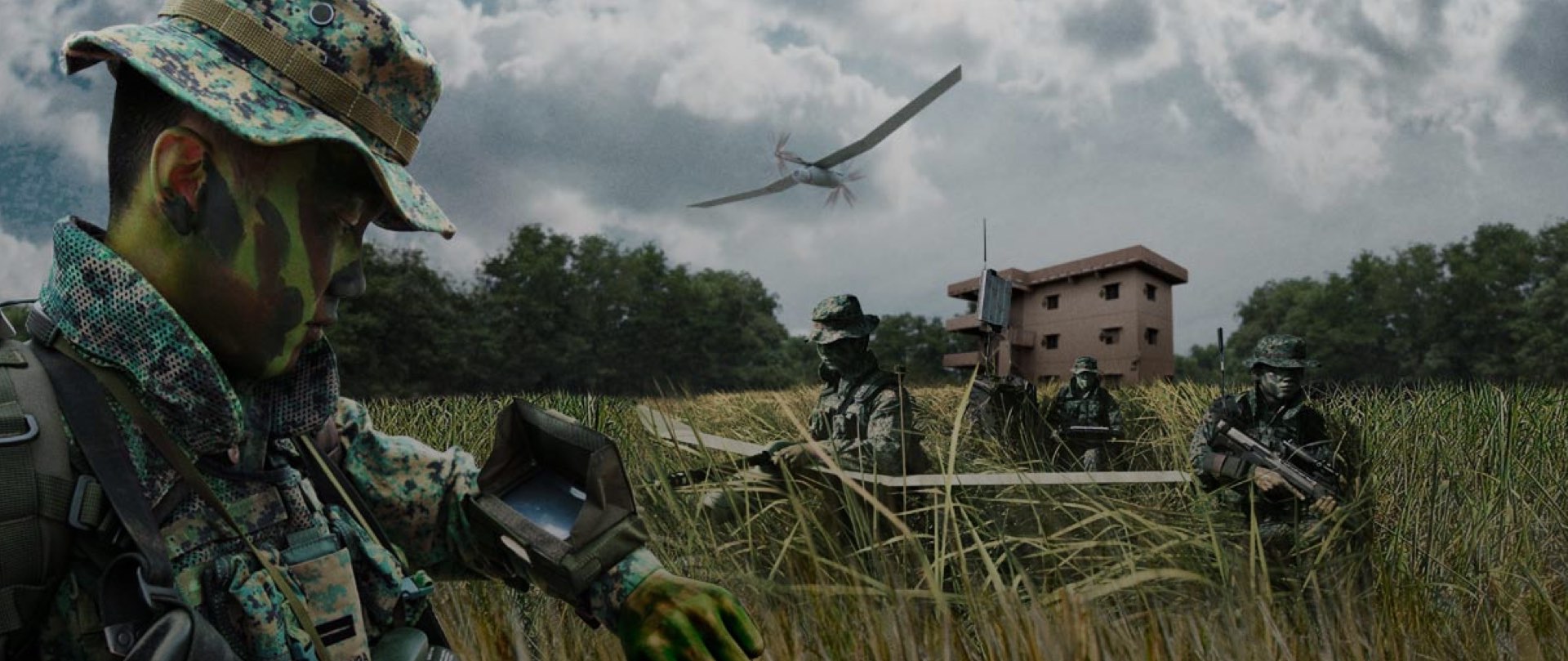

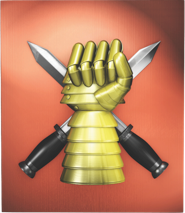
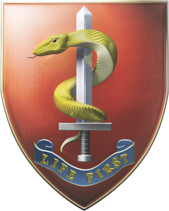
.png?sfvrsn=5f842510_1)
